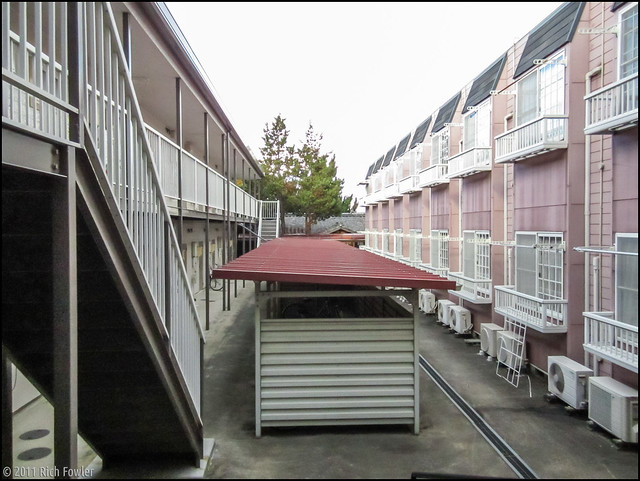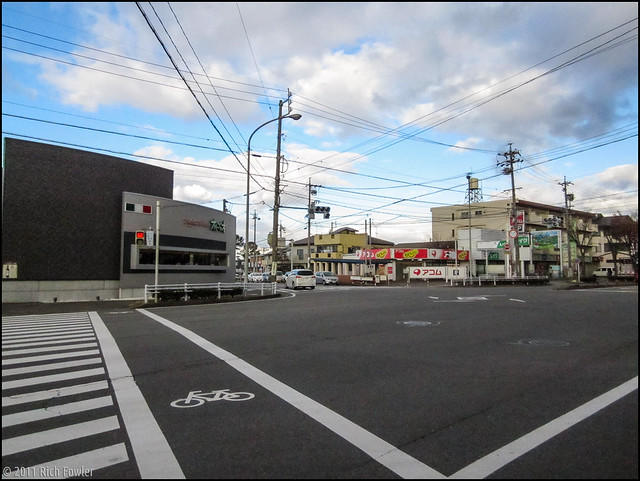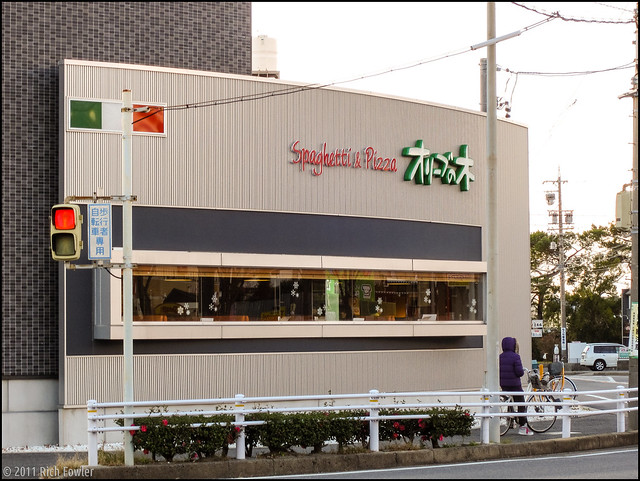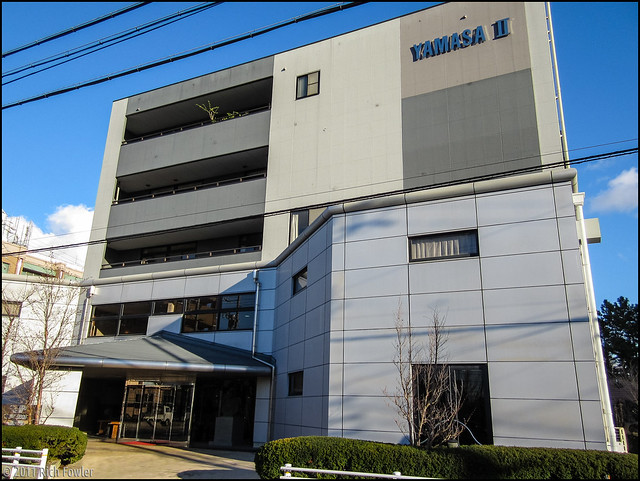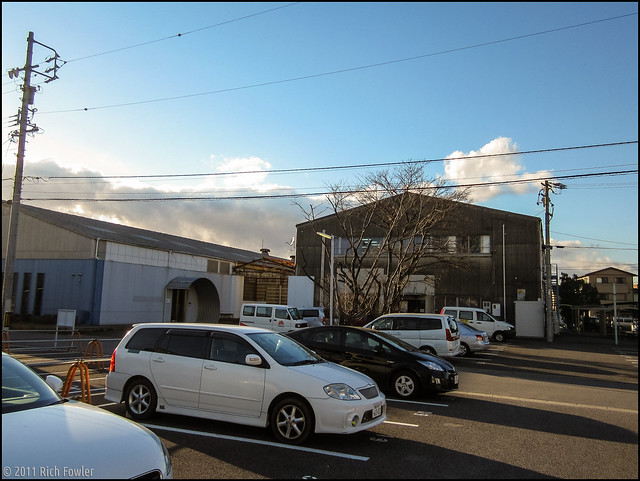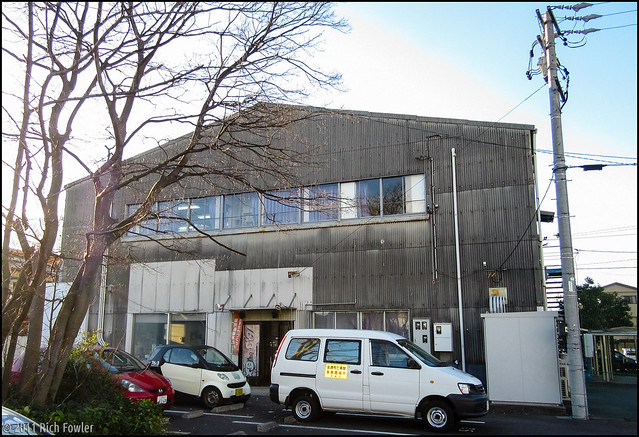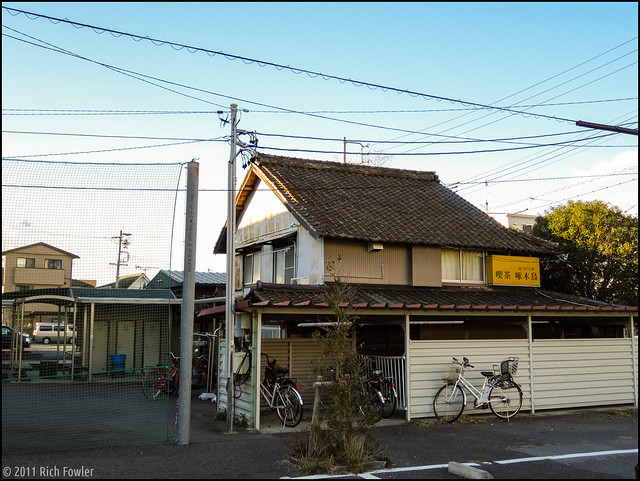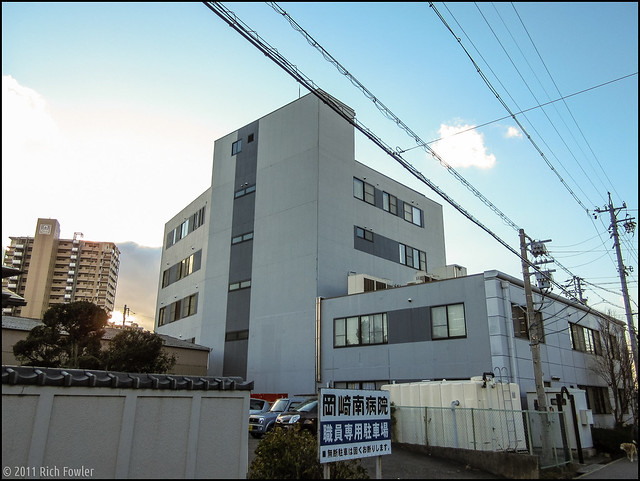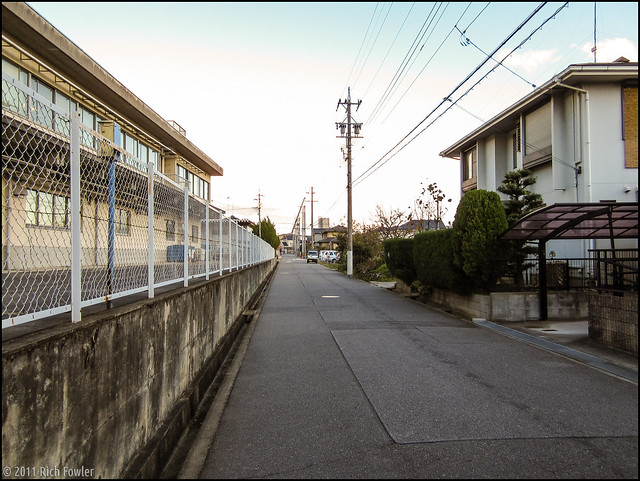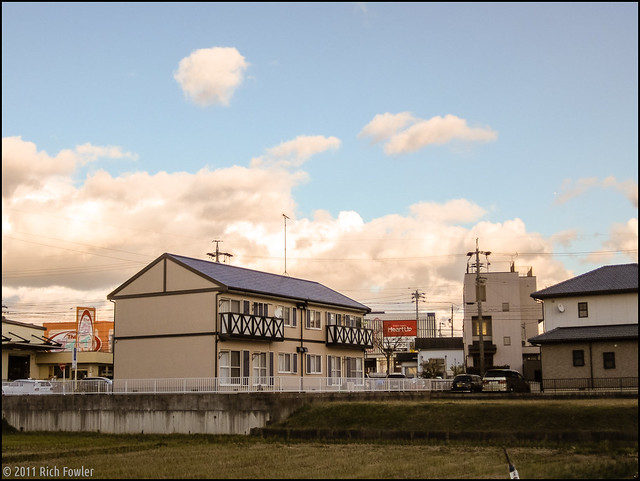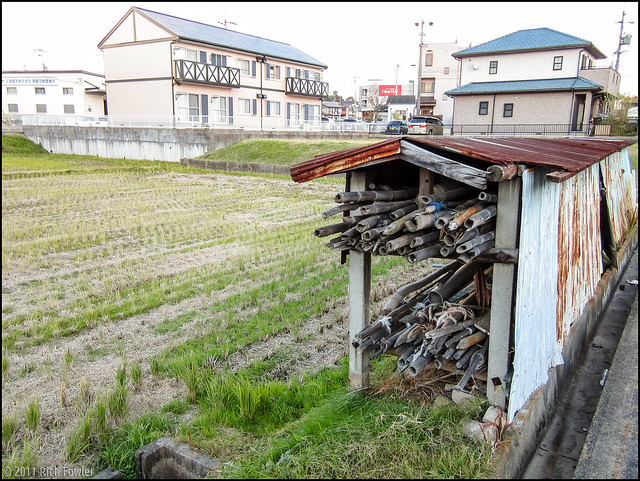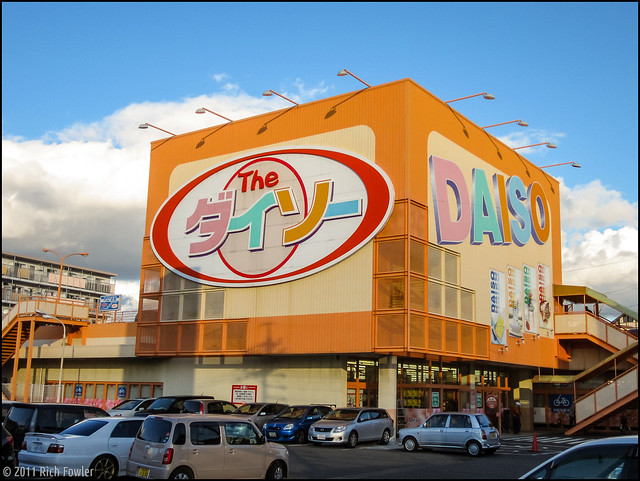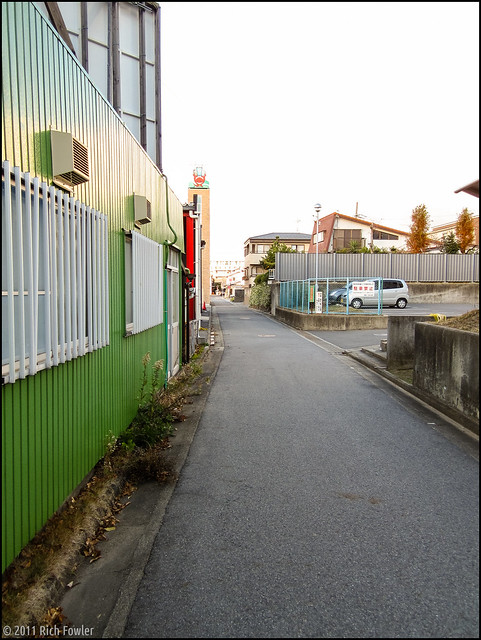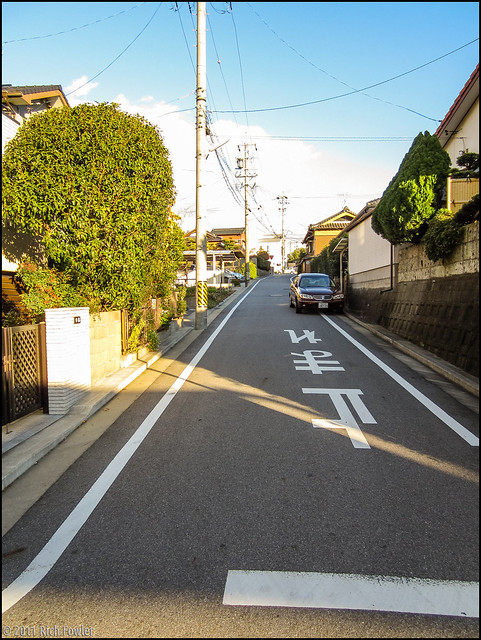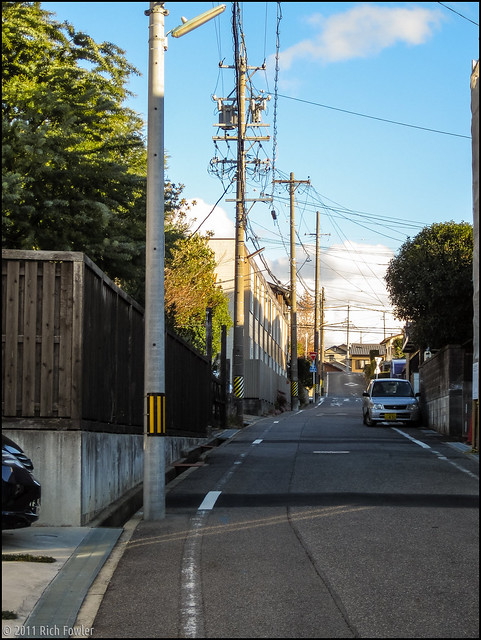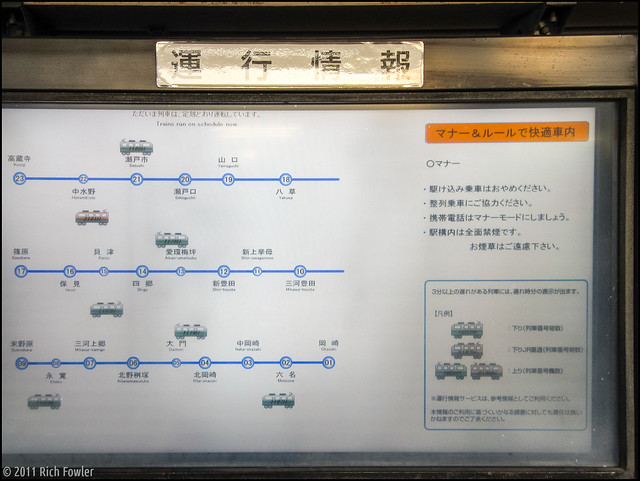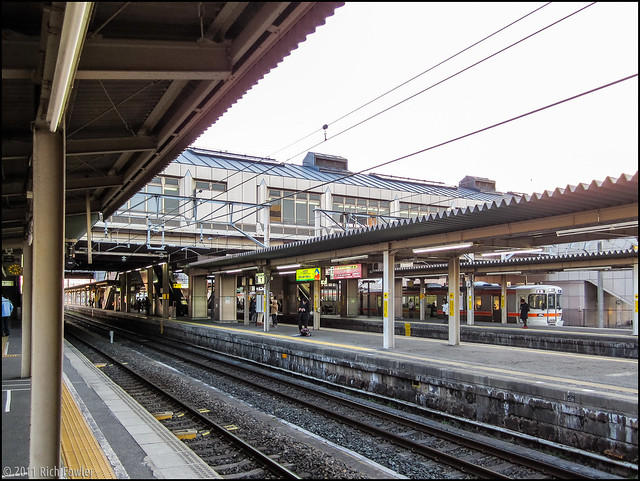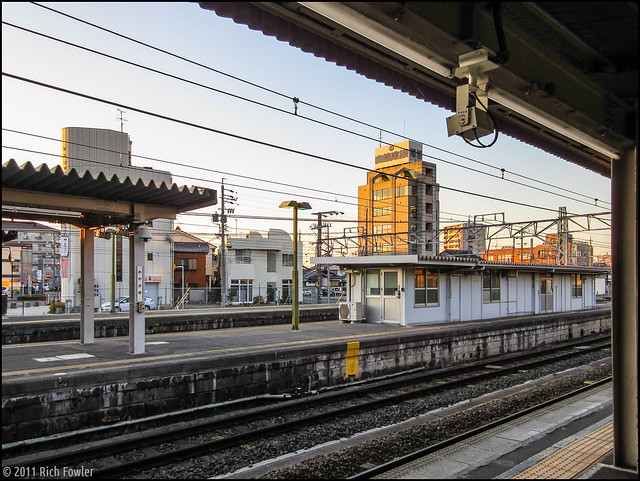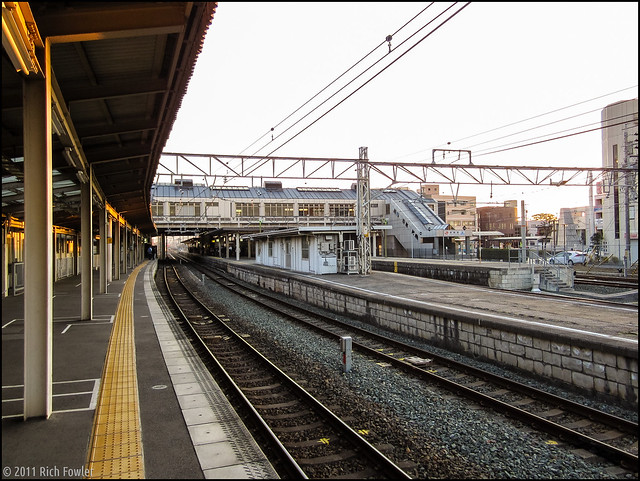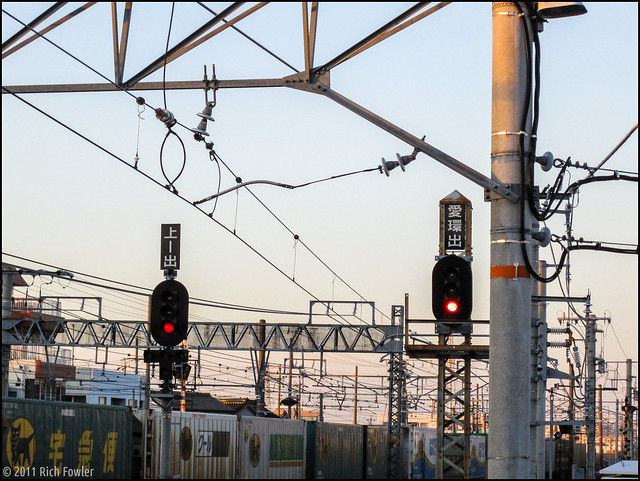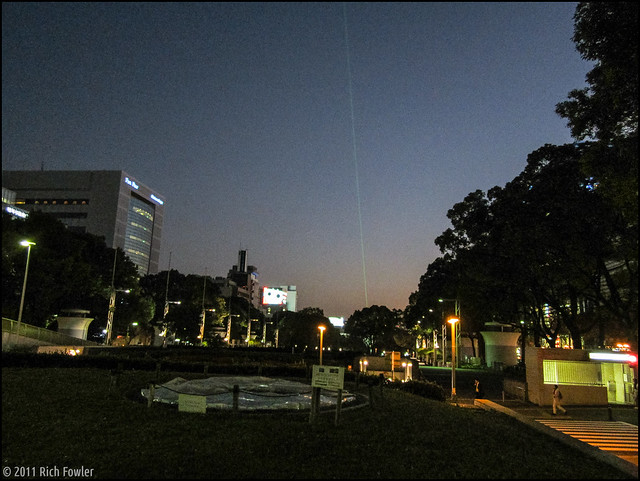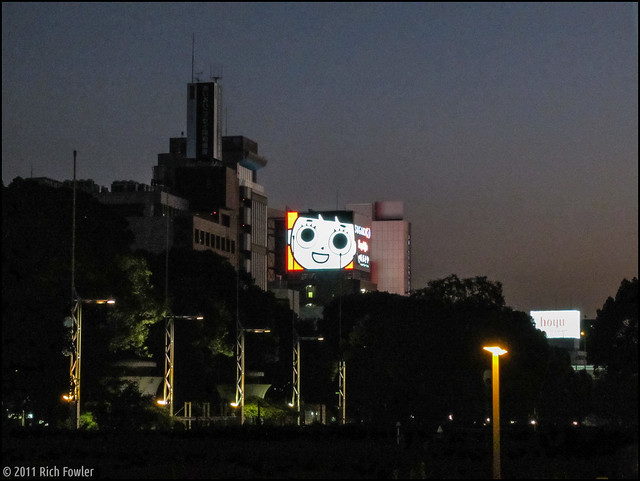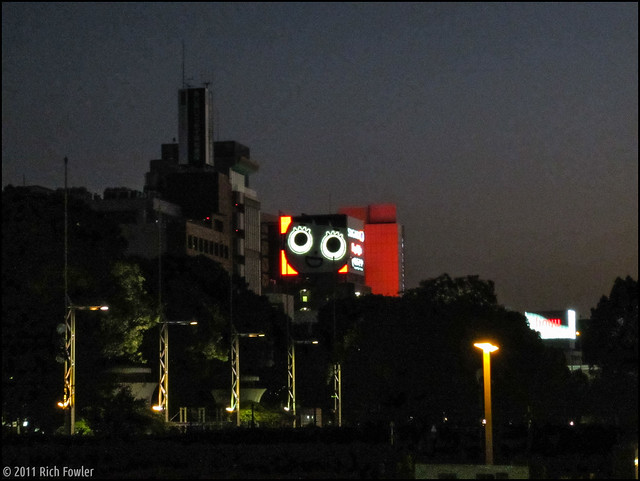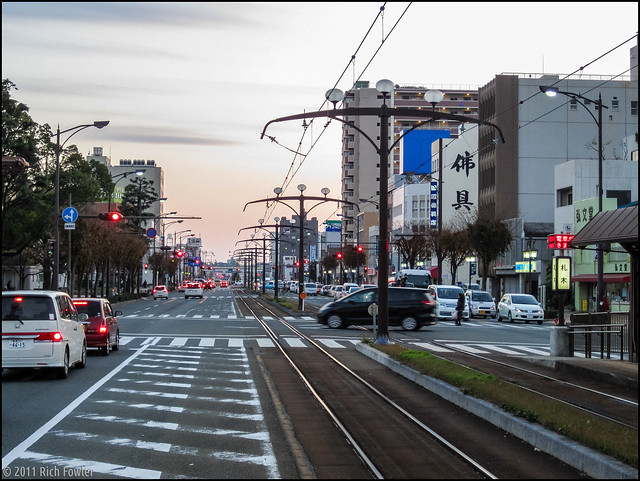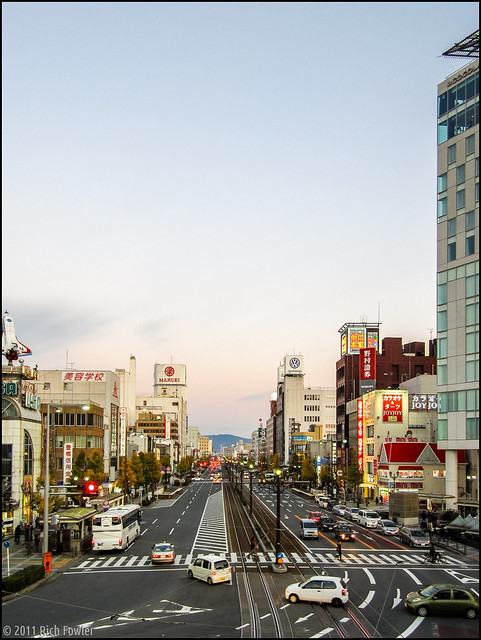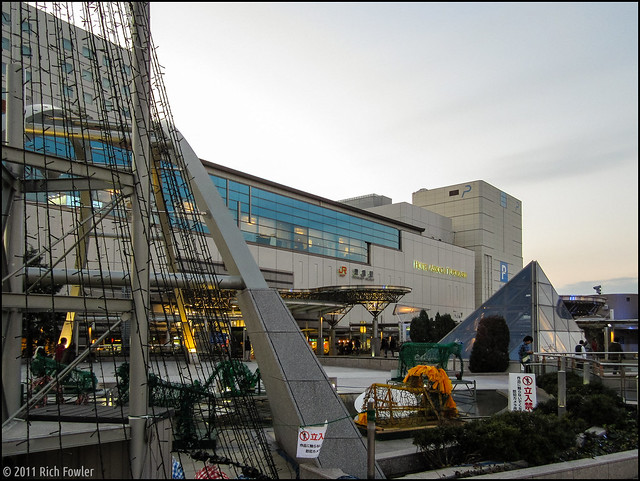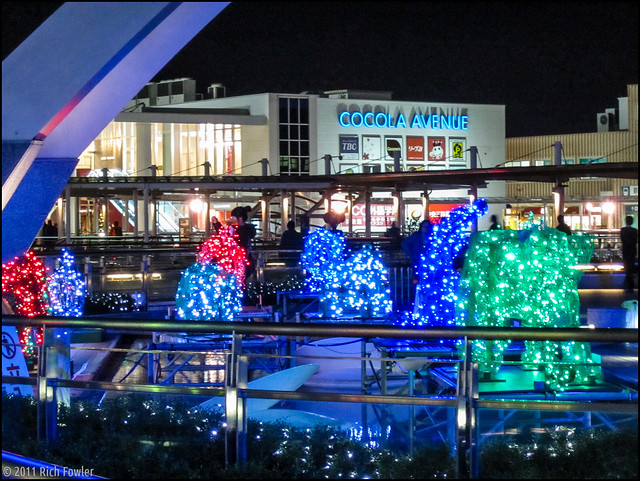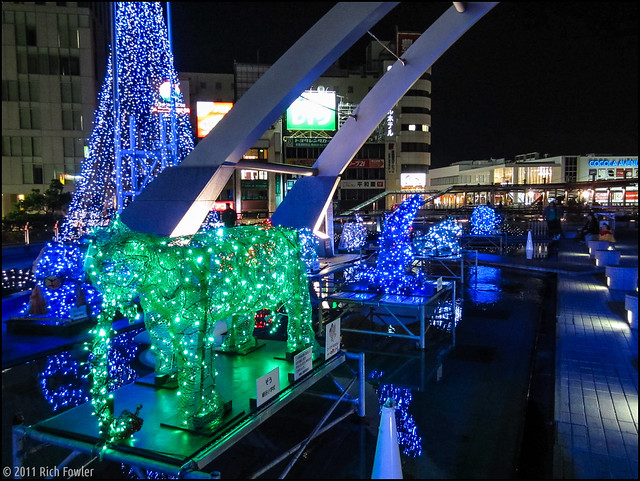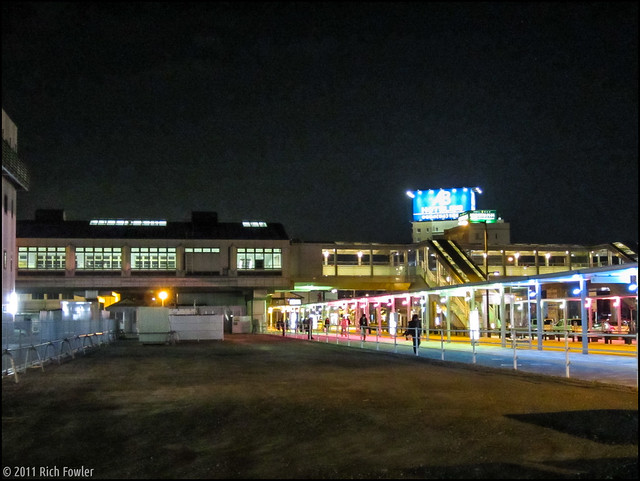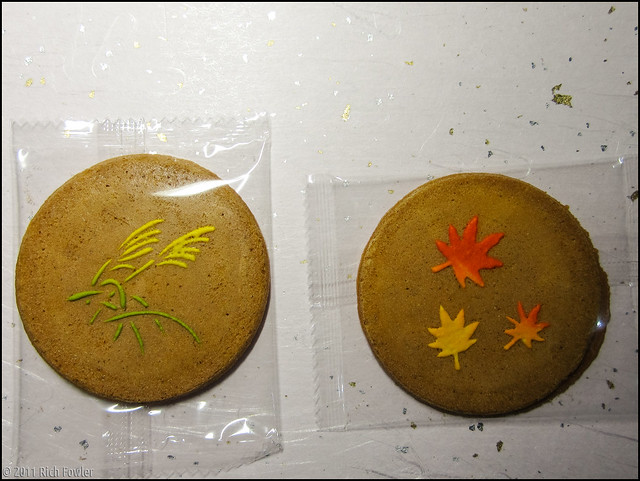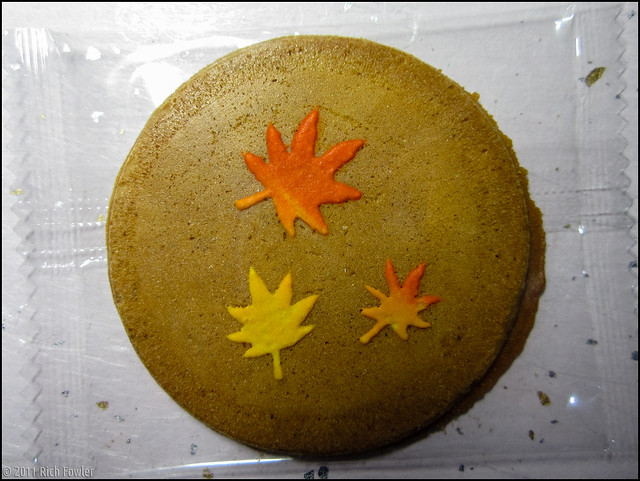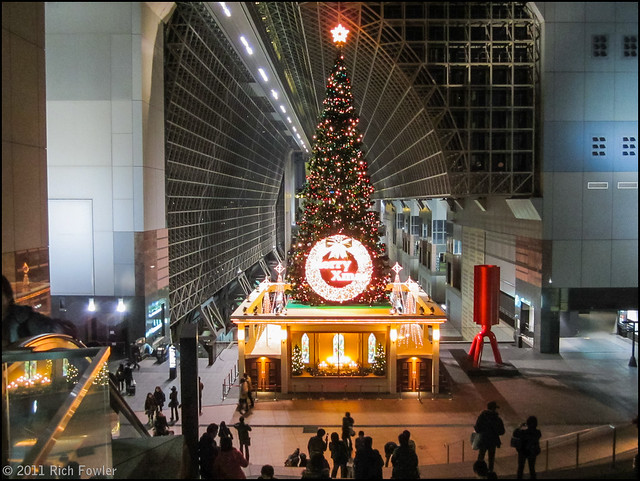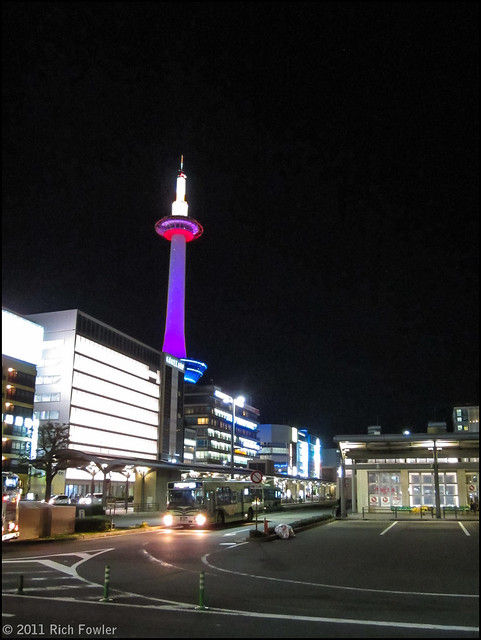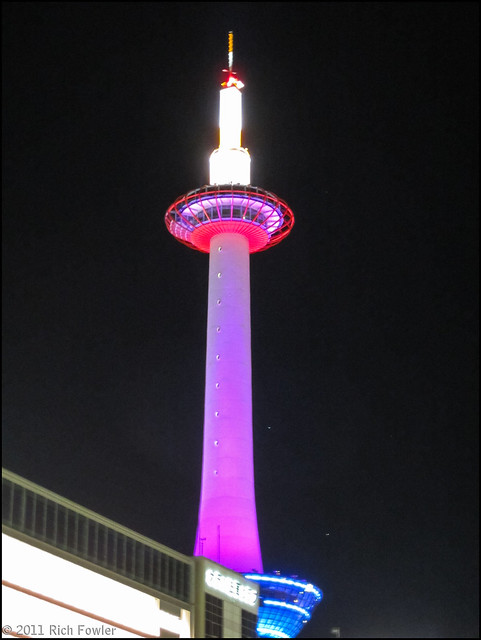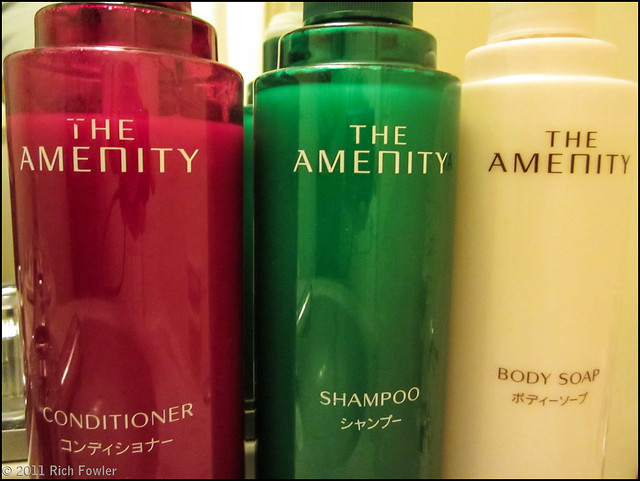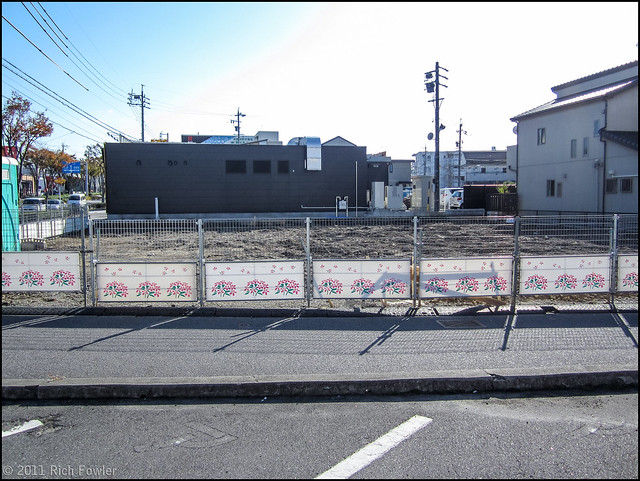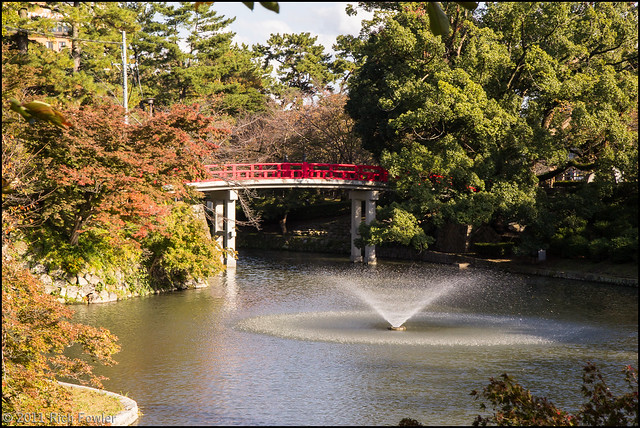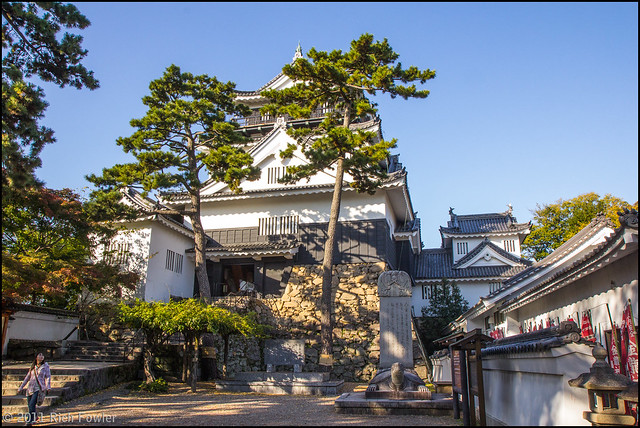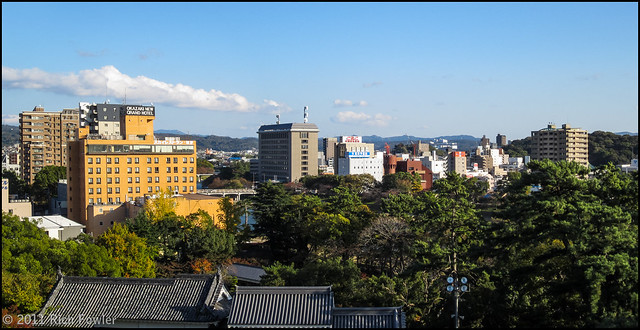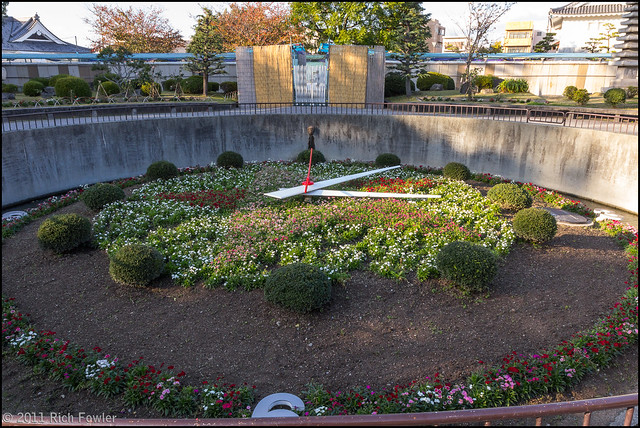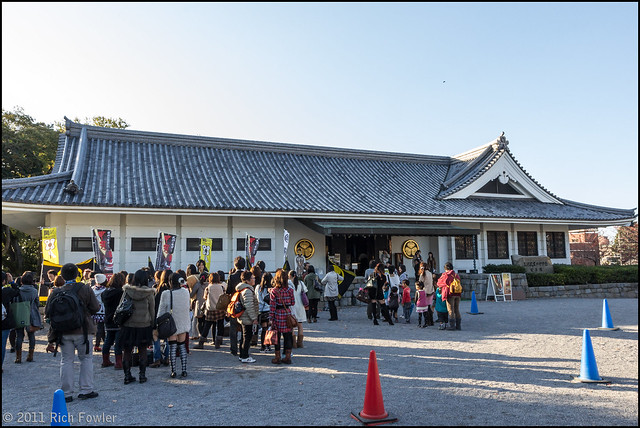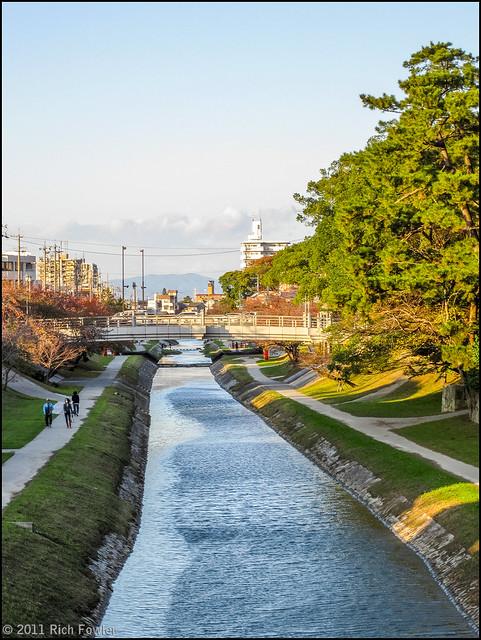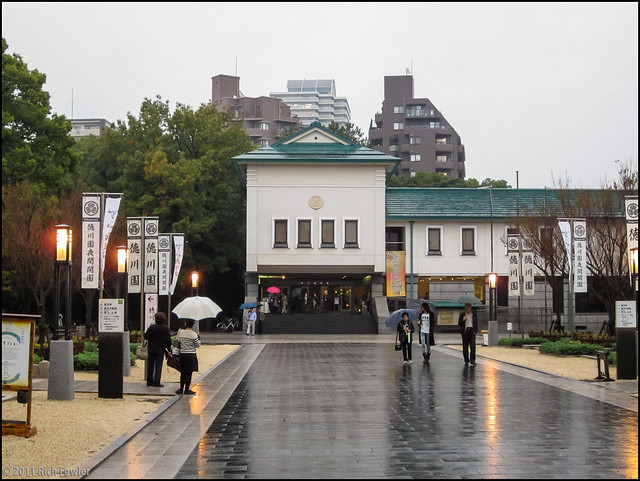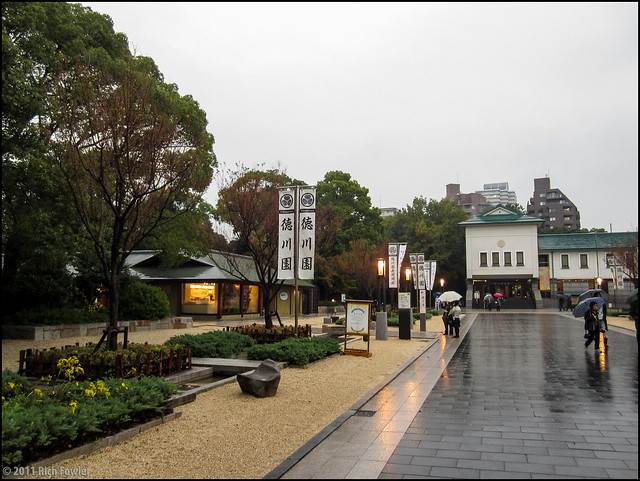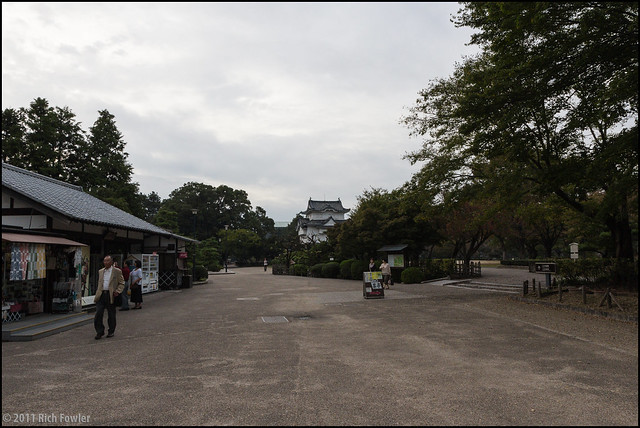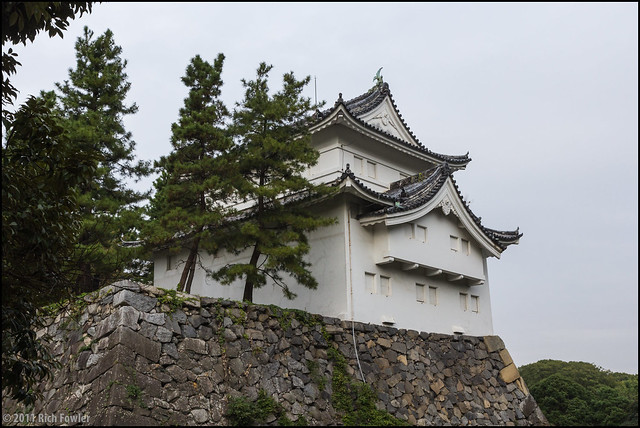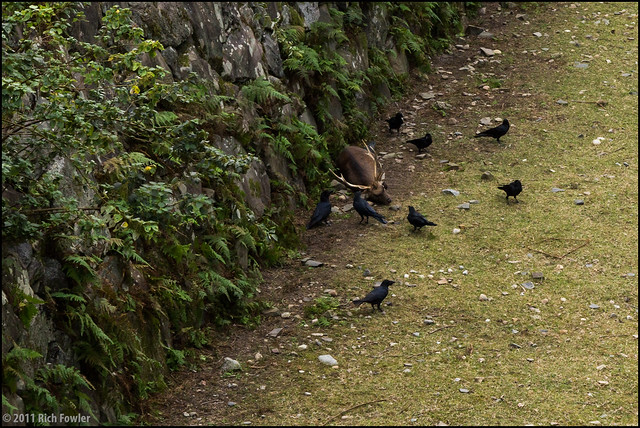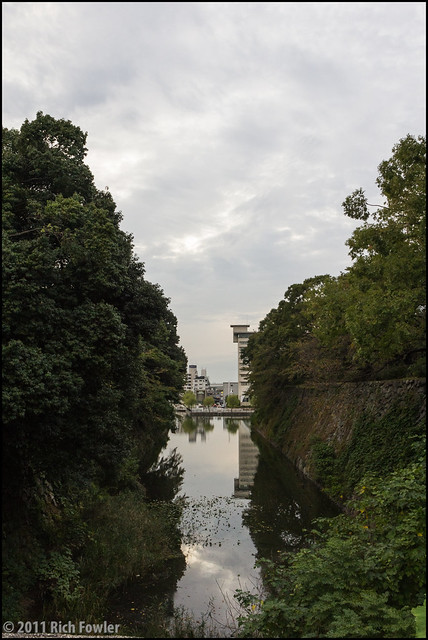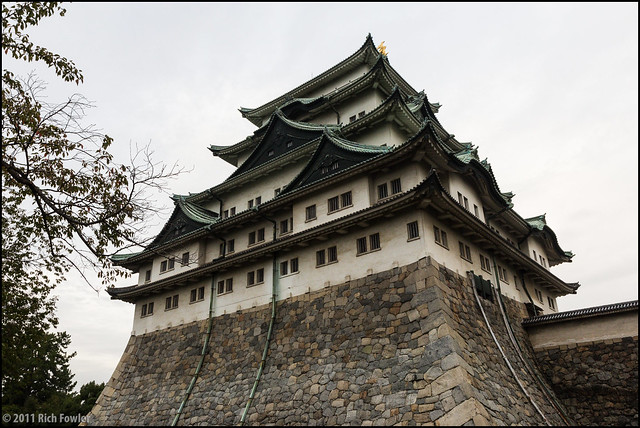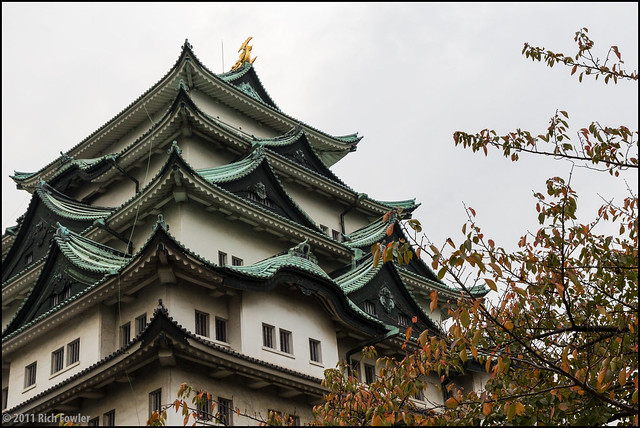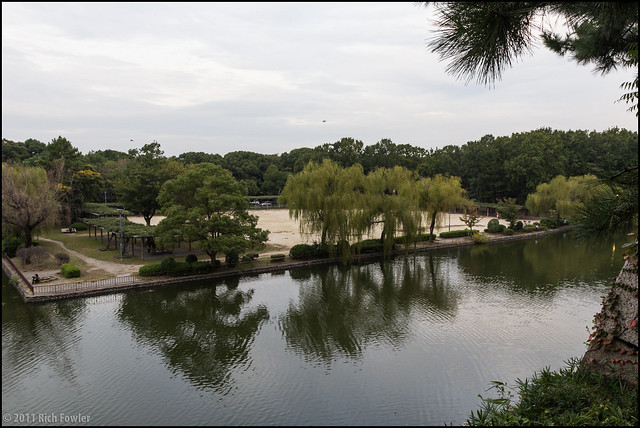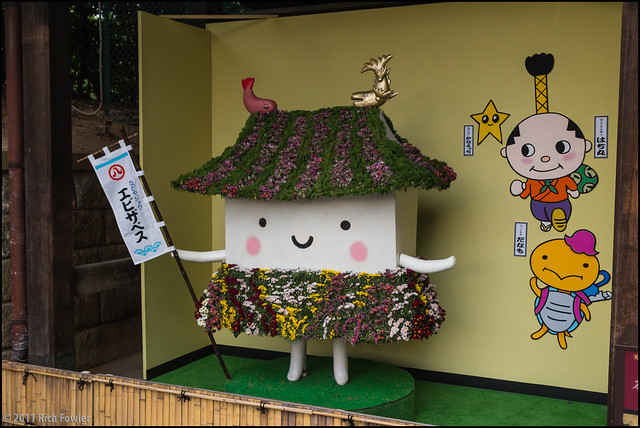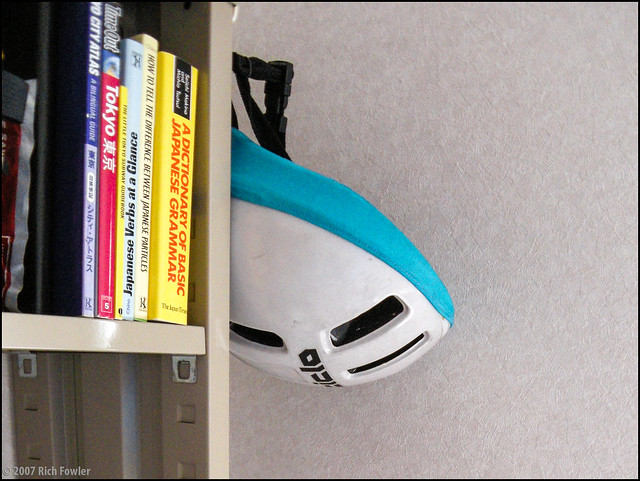It’s 3:30 a.m. Saturday, September 24th Sunday, September 25th. The driver is going to be here in an hour and fifteen minutes, and I’m trying to close my humongous Samsonite 29″ suitcase.
My plan was to have a giant suitcase big enough to stuff Jimmy Hoffa into, but slim enough to fit nicely behind the last row of seats on the shinkansen.
I have rolled my clothes into Space Bags, and everything looks like it should fit.
But it doesn’t.
One Bag Is the Rule, Except When Money Is Involved.
Well, everything does sort of fit, but the scale says that this bag is off the charts, and that’s bad for my wallet. (Weigh your stuff before you leave home!)
The stuff in the suitcase has the density of a neutron star. But while the suitcase itself is light, it doesn’t really handle very well. The saleslady warned me. I should have listened, but I wanted to save $80.
Cheaper is cheaper, but it’s not necessarily better.
So, change of plans.
I had to dig out my Old Reliable 26″ Samsonite, which I took to Japan the last time, tossed some Space Bags into it, and evened out the loads… and before going out the door, I have already violated my Prime Directive of Traveling: One Bag.
ONE. BAG.
It can’t be helped. I’m going to be gone for almost 3 months, and I pared the clothes down to the bare minimum.
Fall is a troublesome season. You need short- and long-sleeve shirts, and one or two really warm things, for when it finally decides to get cold.
Also, going with two bags will help avoid the overage fees for heavy luggage.
With the Dollar-Yen exchange rate at a crazy high rate of 75 yen to the dollar, I need to save every penny on this trip.
Getting Out of Town
At 4:45 a.m., my driver showed up. A nice guy from Elite Coach came by in a Town Car to whisk me away to RDU International Airport. It’s not my usual way to travel, but in this case, I think it was a good call. It put me in the right mood for the trip for the most part.
I got to RDU, and sure enough, the Jimmy Hoffa bag was over by 2 pounds, so I shifted some stuff to the other bag. Overage fixed. Hooray!
So in this case, two bags wasn’t too terrible.
The TSA check was a lot smoother than this summer. It only took about 10-15 minutes, and there was nobody swabbing my backpack to check for explosive residues this time. (Did I mention that about the London trip? They really did swab out my carry-on bag for explosive residues. Ah, Security Theater.)
I got patted down, but that was because I left a lens-cleaning cloth in one of my pockets. They were professional about it, and I was out of there quickly. There were also no hysterics about the amount of electronic equipment I was carrying, which was nice to see.
We live in the information age, so some of us carry a lot of electronics. I’m a nerd, so you can double the amount I carry compared to others. The hum of a computer is soothing to me.
Off to the lounge to wait for the American Airlines staff to show up so I could start begging. Lots of waiting. And waiting.
Finally, the guy showed up about 45 minutes before the flight, and I just about jumped him, the poor guy. But he was great about it. He got me into business class for the flight from DFW to Narita, which is all I cared about. I just wanted to be spared that 13 hours and 30 minutes of coach pain.
Right about here I started doing the “Upgrade Dance.”
Whatever You Do, Stay In Group 5.
It was time to cram into the S-80 to Dallas/Ft. Worth. The flight was full, in every meaning of the word.
Here’s an important note for folks wishing to fly American: whatever you do, don’t check in online, because then you’ll get to be in group 2.
I would hate to have more people in group 2 competing with me for space in the overhead bins, so please don’t check in online. Check in at the airport so you wind up in group 5 or 6. That’s much better.
In group 5 or 6, you’ll get on last, and have nowhere to put your luggage, while I’ll still be in group 2, and have my pick of anywhere I want to put my giant bags.
That was a public service announcement for all potential American Airlines passengers.
Joking aside, check in online before you go out the door. You’ll save yourself a headache.
I had been worried about what I was going to do on the flight from RDU to DFW, but it turns out the lady next to me had a lot to talk about, so we talked for most of the flight over. I don’t mind on a short flight like that, because I didn’t have anything I needed to do, and it took my mind off of things to just chat with someone.
Good luck to you, ma’am.
Back In Dallas, Briefly.
I got in to DFW a little early, so I had plenty of time to head to Terminal D and relax in the Admiral’s Club. (Huzzah! Free Admiral’s Club passes with every business class upgrade!) I called the folks back home, and then got myself mentally ready for the flight to Japan.
It’s a long flight.
I know that there are longer flights, but it’s still a long amount of time to be stuck in a metal tube, no matter how cozy the seats are. I lucked out– nobody sat next to me, and I had an aisle seat. So I could pretty much do whatever I wanted to. The guy on the other side of the center row was a Navy guy who had flown business before, and he showed me what I needed to know.
In a Metal Tube, Over the Water, at 540MPH
I’m in the club now!
Business class on American is nice. It’s very comfortable. I’m not just spoiled, I’m ruined.
I chose to sleep for most of the flight. I wound up listening to a marathon of “Says You!” episodes that I had bought from their website and stuffed onto my phone. It helped to pass the time.
But thirteen and a half hours is still a long time.
Business class made a HUGE difference in how I felt when I got off of the plane. Had I been in coach, I probably would have been a mess. I was in much better shape thanks to business class. Ah, if every seat in every plane was like that, I think everyone would enjoy flying again. Maybe they would even look forward to it.
Ralph Welcomes You to Japan. Over. And Over.
I arrived at Narita right around 4:30 p.m. Japan Time, and made my way to the bathroom. (Because you should go when you can.)
What music awaited me, but the sound of some poor guy in the stall next to me calling Ralph on the porcelain phone. Ralph wasn’t picking up, so he kept calling.
And calling.
日本ã¸ã‚ˆã†ã“ãã†ã€‚
Indeed.
The great thing about Japanese public bathrooms is that the stall walls go all the way to the floor, so there’s no danger of “the hand” coming up from the stall next to you, or worse, “spillage” from the next stall over.
But still, “Ralph” next door made me uneasy. I just hoped I didn’t catch anything that would give me the urge to call Ralph as well. So I boiled my hands on the way out.
I noticed that my eyes were itchy, too. (Foreshadowing?)
Dealing With Paperwork
Here’s a tip for arriving passengers to Japan: fill out your arrival form in INK. They will make you do it over if you do it in pencil.
I learned this lesson The Hard Way.
I also learned that speaking Japanese at this point makes everything go more smoothly.
Seriously. Even my sorry Japanese helped me.
I headed to baggage claim, and I waited for about 30 minutes, while I stared at other people’s luggage. Not mine. So I went to the desk to ask where my bags were, and there they were. Well, I’ll take whatever I can get. So I loaded them up on the shopping cart thing and took them to customs. It was time to do the yakkan shoumei dance. Last time was such a pain.
I asked the customs guy what do I do with my yakkan shoumei, and he got all excited, because apparently nobody ever bothers to get one. He led me to a counter, and showed it to four or five other customs inspectors, who had probably never seen one, too, and they consulted a few binders, then said I was good to go.
I guess I’m the sort of endangered species that bothers to get the paperwork taken care of.
SIM City
I needed to go to the Softbank booth, to get a rental SIM card. The Softbank rental SIM is one of those, “It’s great so long as you never actually use it” sort of things.
It’s great for other people to call you, because incoming calls are free, but outgoing calls get expensive fast. And don’t even think about data. (Just thinking about using the data incurs a separate charge!)
This is the perfect SIM card for an old GSM dumb-phone that can’t do data, like my Motorola Razr V3X. It works like a charm, and doesn’t use data. (Rather, it can’t.)
Off to Shinjuku!
After that, I went to the station to catch the Narita Express (N’EX) to Shinjuku. I thought about taking the Keisei Skyliner, but I didn’t want to carry the bags all over Ueno Station and change trains.
A lot of people talk about taking the airport buses, and yes, they are cheaper, but they’re buses. You won’t get the amenities you get on a train (well, you may, but you may not), and more importantly, there’s traffic to reckon with.
Trains just go. If they’re not running, you have bigger problems to worry about than getting to Tokyo from Narita. Every now and then they’ll run a little late. By a little, I mean 10-20 seconds. More rarely, there will be an accident, and the train won’t come for a while. In that case, grab another train line.
But trains aren’t perfect. They come with drawbacks, especially for someone traveling with a large number of bulky bags.
There are few things more awkward than carrying huge American bags on a local train in Japan. You will get ugly looks from everyone around you.
The ugly stares will double if you commit the unpardonable sin of carrying a backpack on your back, instead of down on the floor, which is impossible with 2 suitcases, because you need both hands to hold on to them.
The N’EX goes straight to Shinjuku, and is designed for me and my American bags.
I had to wait until 6:52 for my train, so I had time to refill my Suica card, which STILL WORKED AFTER FOUR YEARS. It even had a balance of 653 yen on it.
That’s awesome.
Green Green Green
This time, I splurged and went Green Car. The difference is around 1,900 yen or so, but the seats are bigger, and I was bushed.
A woman brought a cart through the car, selling food and drinks, and I bought an onigiri and a bottle of water. I was hungry, but I only wanted to knock the edge off of my hunger. I was going to eat better when I got to Shinjuku. That was the plan, anyway.
What I did not grasp is where the trash bins are located. Call it jet-lag-induced stupidity or whatever, but they’re shown right there on the info card in the seat back. Even so, I still managed to get it wrong.
One nice bit about the N’EX is that there’s ample room for luggage storage in the front of the cars. There’s WiFi too, but I couldn’t get it to work in time… and I wasn’t that desperate.
Shinjuku!
I got to JR Shinjuku, and checked in at my hotel, the Sunroute Shinjuku, which is a really good hotel for the price. The rates run around 9,000 yen or so for a basic room, but the basic room is good enough. You get a good bed, fridge, and a decent TV channel selection. It’s not as good as some top-tier hotels, but everything is solid.
Well it usually is.
The bathroom in my room had some funky stink in it. As in bad funky.
I stopped long enough to change clothes and freshen up, then ran to the Shinjuku Yodobashi Camera, right before it closed.
Second SIM
I bought a B-Mobile Fair SIM card at Yodobashi Camera, because this one gets me 1GB of data on my Nexus One for up to 4 months for ~9,000 yen or so.
The other option is a 1GB for 1 month option for 3,000 yen, but once I’m set up with WiFi, I don’t think I’ll use that much data. And if I don’t, I’ll lose whatever is left over at the end of the month, and that’s no good, either.
Both options use DoCoMo’s network, and give you fast speeds, so long as you don’t break a 300MB soft cap. Then you’ll get throttled. Or so I hear.
No matter how much data I use, when the first GB runs out, I can buy an extra 1GB for 3,000 yen, which will last for 1 month, or I can do the Fair for 4 months again for 9,000 yen. The pricing isn’t great, but I don’t need to have a visa to get it, and it’s a lot better than the rates I’d get charged if I use the Softbank rental SIM for data.
Dinner was conbini yakisoba and whatever I could find in the conbini. No time to find a restaurant tonight.
Oyasumi nasai.
I’m beat.
